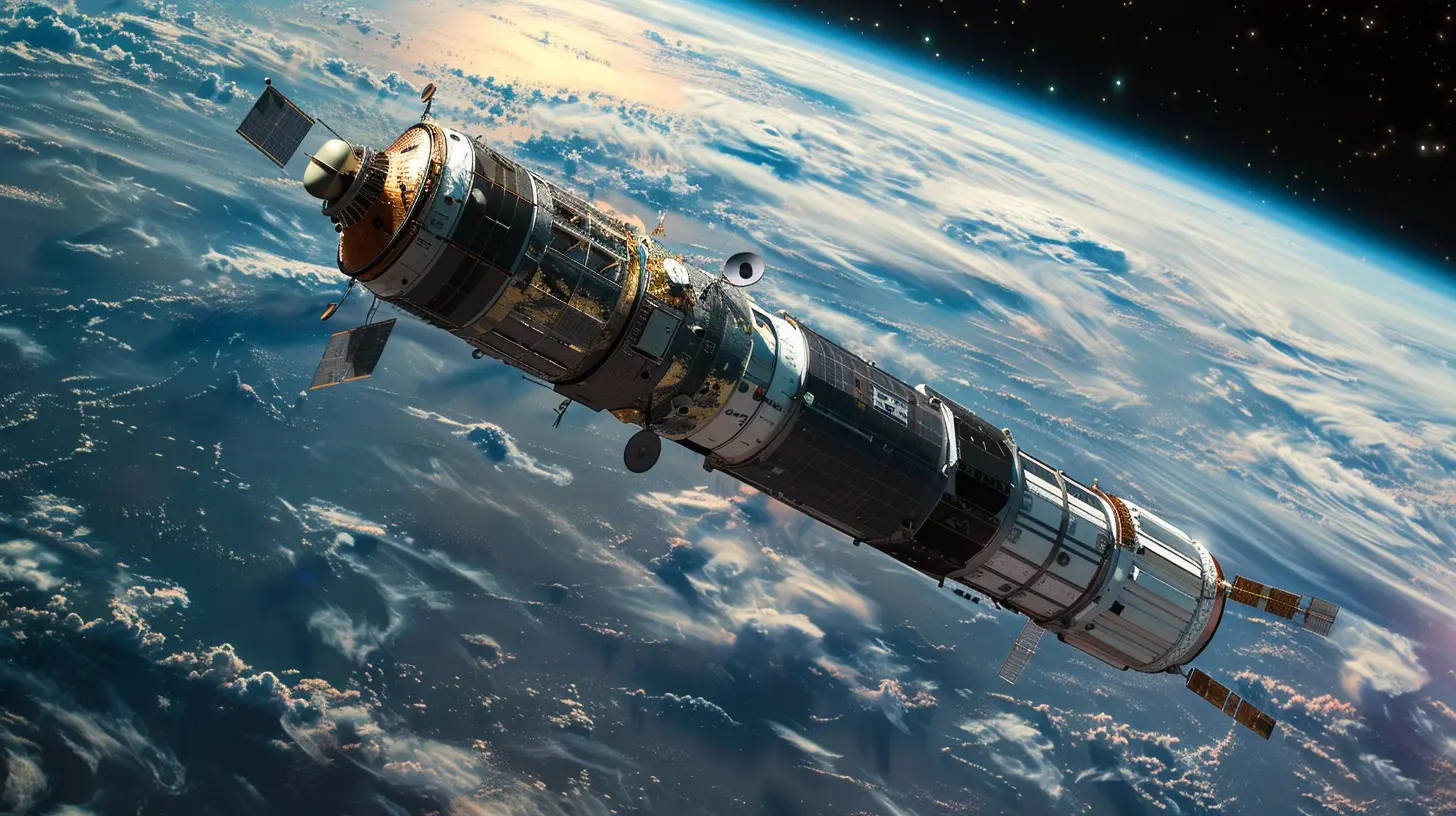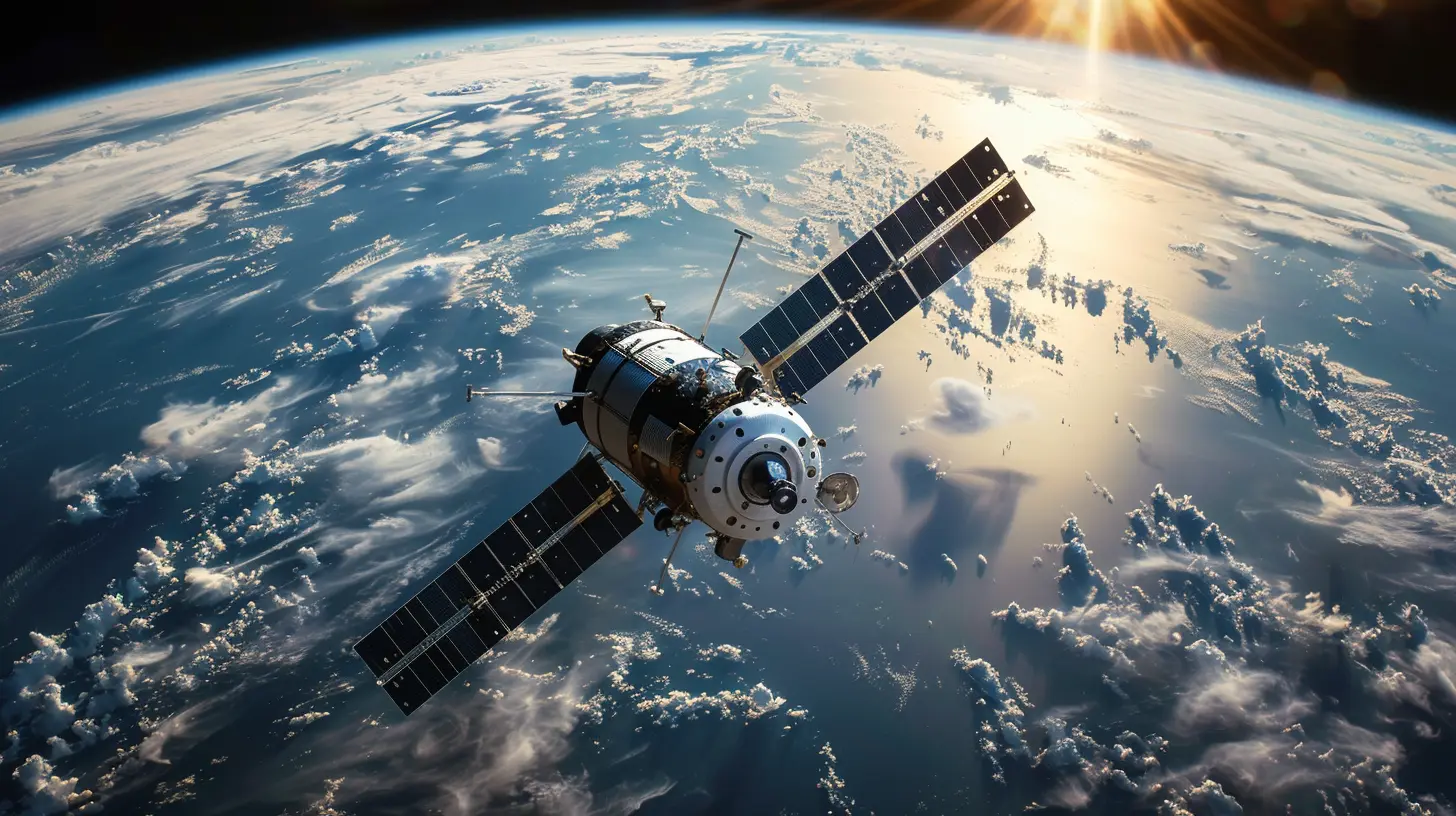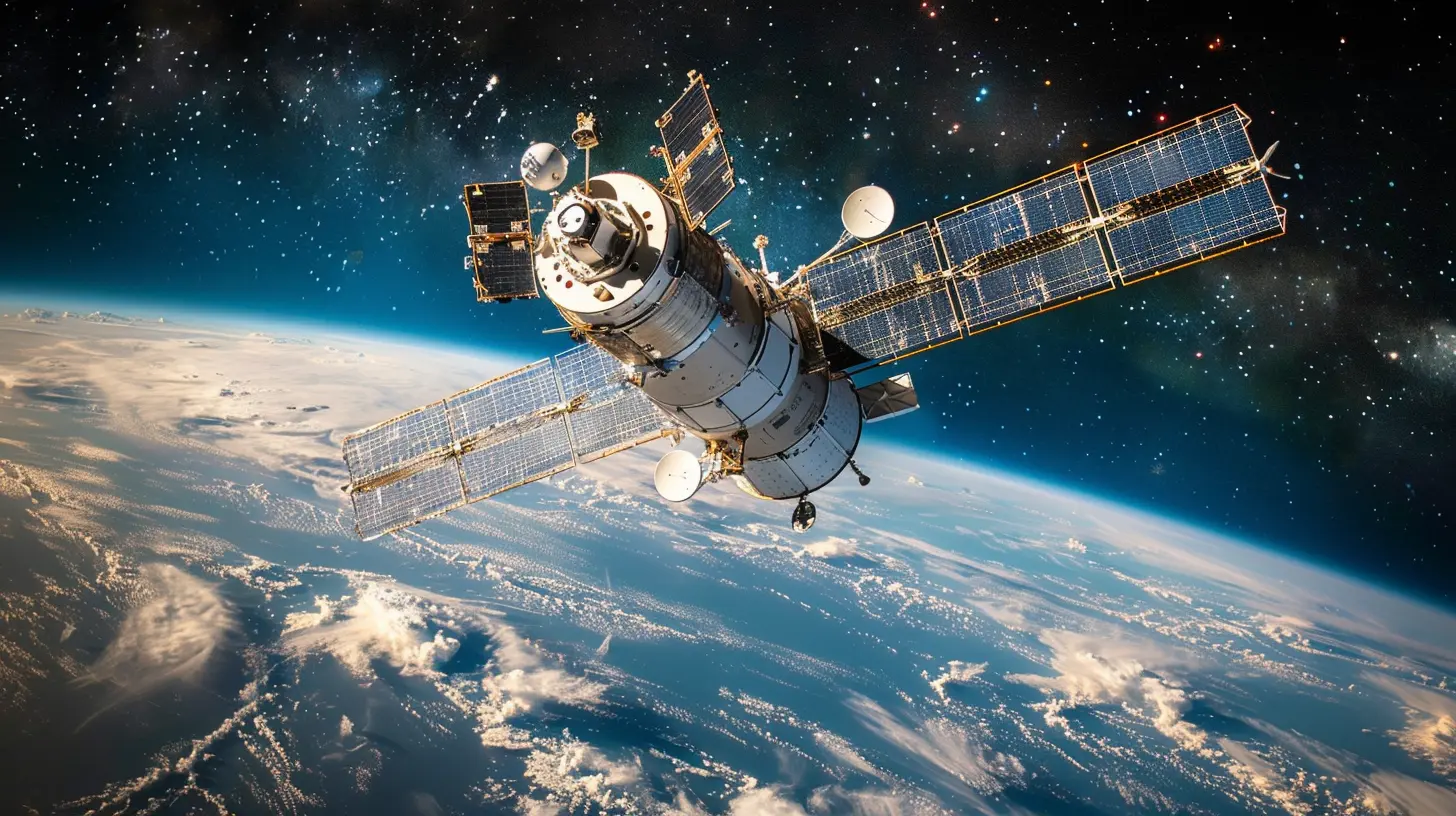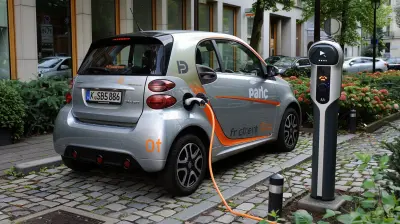The Role of Space Debris Removal in Securing Earth's Orbit
20 July 2025
Imagine driving down a busy highway where abandoned cars, broken glass, and random junk float around—you’d be swerving like crazy just to make it to work in one piece. Now, take that chaos and toss it into space. That’s basically what’s happening in Earth’s orbit right now. Orbit is getting dangerously crowded, and it's not just a sci-fi problem anymore.
In this article, we’re going to dive deep into a pressing issue that most people don’t think about every day but should: space junk. We’ll unravel why cleaning up this orbital mess is essential for future space missions, satellite communication, and yes—even for daily things like GPS and weather reports. Buckle up, we're going on a space cleanup mission!
What Is Space Debris, Really?
Space debris (also called “space junk”) refers to the leftover fragments of human-made objects floating around in Earth's orbit. Think defunct satellites, broken-off rocket parts, bolts, and even flecks of paint. Yup, paint. Some of this junk has been orbiting up there for decades.To make it worse, it’s not just floating lazily around. These objects are zipping through space at speeds up to 17,500 miles per hour. At that velocity, even a tiny bolt can shred a functioning satellite. It’s like trying to dodge bullets—blindfolded.
How Did We End Up with So Much Space Junk?
We’ve been chucking stuff into space since the 1950s. Every satellite launch, every space mission, and every experiment added to the growing clutter. Now, with hundreds of new satellites launched each year—especially with the rise of mega-constellations like SpaceX’s Starlink—the problem has snowballed.Back in the early space race days, nobody really thought about what happens after a satellite’s mission ends. There weren’t rules for responsible satellite "retirement." Fast-forward to today, and we’ve got over 30,000 trackable pieces of debris—and millions more that are too tiny to monitor.
Why Space Debris Is a Threat Right Now
You might be thinking, “Okay, so there’s junk out there. Why should I care?” Fair question.1. Risk to Satellites and the Tech We Rely On
We depend on satellites for almost everything—navigation, banking, communications, national security, and even Netflix. If these satellites get smashed by space debris, we’re in serious trouble.Remember that GPS you used to find the new pizza place last weekend? Or the satellite image your meteorologist used to predict today’s weather? They all depend on operational satellites.
2. Threat to Astronaut Safety
The International Space Station (ISS) has had to perform multiple “evasive maneuvers” to dodge incoming junk. Astronauts literally rely on continuous surveillance to avoid getting hit. We’re talking life or death up there, not just an inconvenience.3. Chain Reactions (Aka The Kessler Syndrome)
This is the sci-fi nightmare scenario. The Kessler Syndrome suggests that one collision could set off a chain reaction of more collisions, creating even more debris until parts of Earth's orbit become unusable. Basically, it’s a space junk avalanche.
Why We Can’t Just Leave The Trash Up There
Would you build a house next to a landfill? Probably not. Similarly, we can’t keep launching satellites into a junkyard. And here’s the kicker—space junk doesn’t just “burn up” or fall to Earth naturally. Some of it will stay up there for hundreds, if not thousands, of years.More importantly, we’re entering a new era of commercial space travel. With space tourism and Moon/Mars missions on the horizon, securing Earth’s orbit isn’t just about safety—it’s about ensuring a sustainable future for space exploration.
The Technologies Trying to Clean Up Space
So what’s the plan? Glad you asked. Removing space debris isn’t as simple as grabbing a broom. It takes some serious tech wizardry. Let’s look at a few innovative methods:1. Harpoons and Nets
This may sound like something out of a pirate movie, but it’s real. Some organizations are developing giant nets or harpoons to “capture” debris and bring it down safely. The idea is to latch onto junk and either drag it into Earth’s atmosphere to burn up or move it to a less crowded orbit.2. Laser Systems
Imagine a giant laser cannon—but not for destruction. Some laser systems are being designed to “nudge” debris out of the way or slowly change their orbit over time. It’s like orbital billiards, pushing junk onto a collision course with Earth’s atmosphere, where it can safely vaporize.3. Magnetic Tugs
This approach uses magnets to attract metallic debris. Once “caught,” the magnetic tug can steer the junk into a safer trajectory. Think of it like a cosmic magnet-cleaner.4. Self-Destructing Satellites
Some companies are now designing satellites that can remove themselves at the end of their life cycle—either by burning up in the atmosphere or moving to a "graveyard" orbit. It's like built-in eco-responsibility.Who's Responsible for Cleaning Up the Mess?
Now here’s where things get sticky. Space is a global commons—no one owns it, yet everyone uses it. So who foots the cleanup bill?Governments
Agencies like NASA and the European Space Agency (ESA) are working on debris removal projects. But government budgets are tight, and space cleanup doesn’t always make the headlines or win votes.Private Companies
Companies like Astroscale and ClearSpace are entering the scene with commercial solutions for debris removal. It's like a new startup market—space sanitation.International Bodies
But to coordinate any meaningful action, we need global cooperation. United Nations treaties exist, but enforcement is tricky. It's like having community rules without neighborhood cops.Why the Clock Is Ticking
Let’s be real—the longer we wait, the harder and costlier it becomes to fix this. Space is getting busier every year. Just imagine what a single collision could do in a densely populated orbit—it would be like dropping a hammer in a china shop.We’re not just cleaning up for the sake of it. We’re protecting the backbone of modern life. Communication networks, GPS, satellites for military surveillance—it all depends on a clear, safe orbit.
What Can You and I Do?
Okay, we're not launching rockets from our backyard (at least, most of us aren’t). But awareness matters. The more people talk about it, the more it gets on the agenda for governments and tech companies.Support responsible space practices. Cheer for companies that build self-cleaning satellites. Push for international laws that hold countries and corporations accountable for their space "trash."
A Message for the Future of Humanity
Look, space isn’t just some far-off place where astronauts play with zero-gravity pens. It’s a vital part of how we live, work, and connect. Securing Earth’s orbit through space debris removal isn’t optional—it’s essential.Think of it like this: Orbit is prime real estate. Would you leave valuable property filled with trash, hoping it’ll magically clean itself? Of course not.
The same goes for space. If we want a future filled with Moon bases, Mars colonies, and everyday space flights, we need to clean our mess first. The skies above might look clear, but in reality, they’re anything but.
It's time to start treating space not as a dumping ground but as the shared lifeline it truly is. And that starts with removing space debris—before it's too late.
all images in this post were generated using AI tools
Category:
Space TechnologyAuthor:

Ugo Coleman
Discussion
rate this article
2 comments
Evren Brown
This article sheds light on a crucial yet often overlooked issue. The removal of space debris is essential for ensuring the safety of our satellites and future missions. By addressing this challenge, we can protect our planet and enable sustainable exploration of outer space.
November 16, 2025 at 1:22 PM

Ugo Coleman
Thank you for your insightful comment! I completely agree that addressing space debris is vital for the safety and sustainability of our space endeavors.
Halle Hodge
Vital for our future!
July 24, 2025 at 2:24 AM

Ugo Coleman
Absolutely! Ensuring a clean orbit is crucial for sustainable space activities and protecting our planet.


